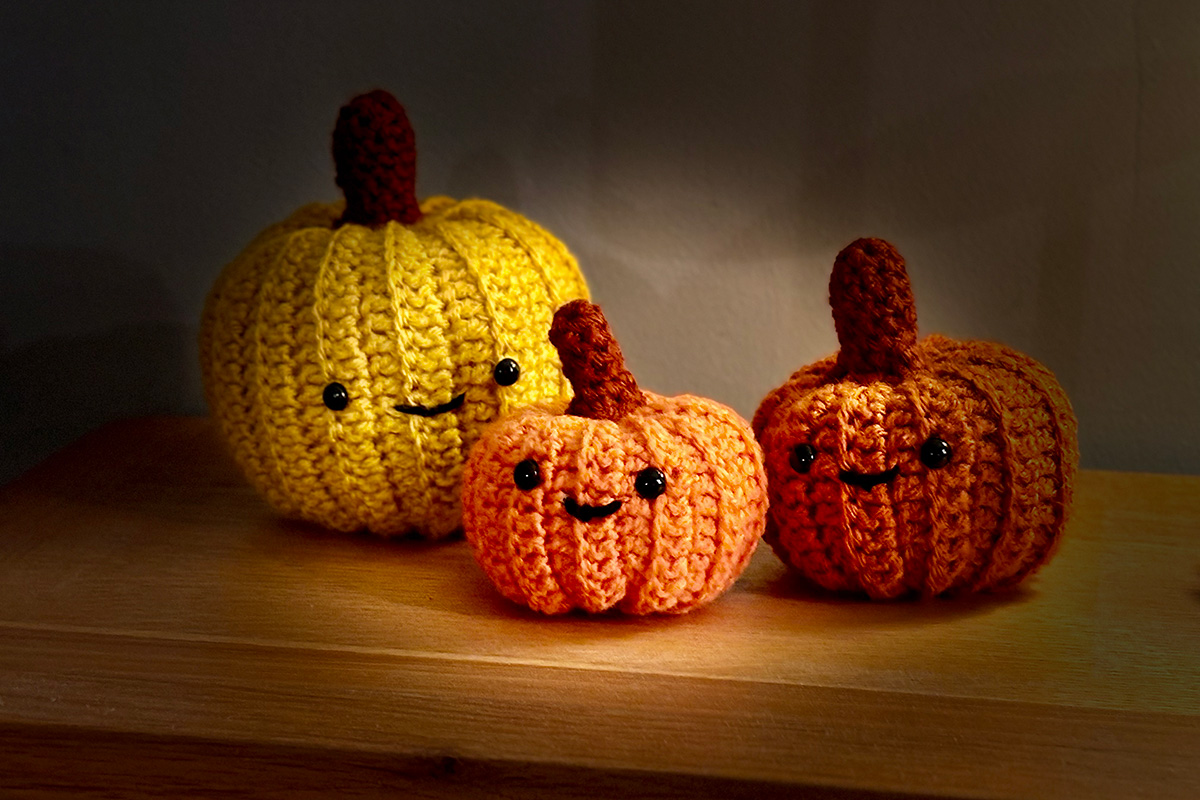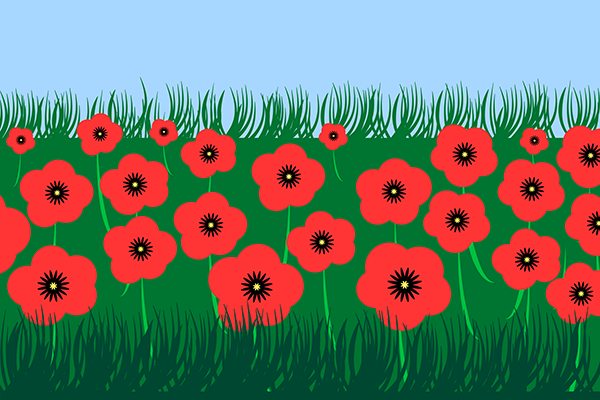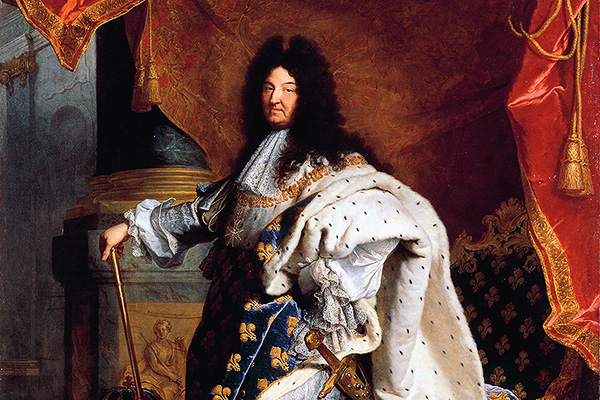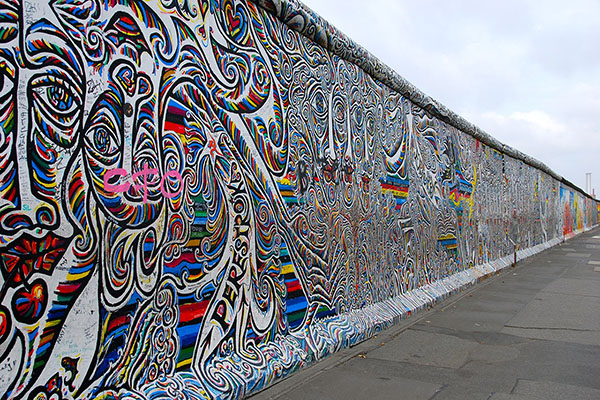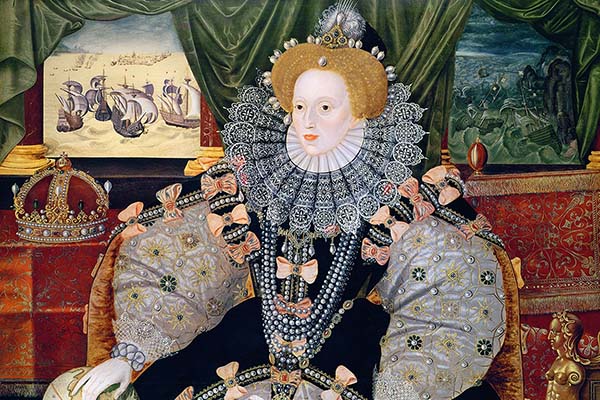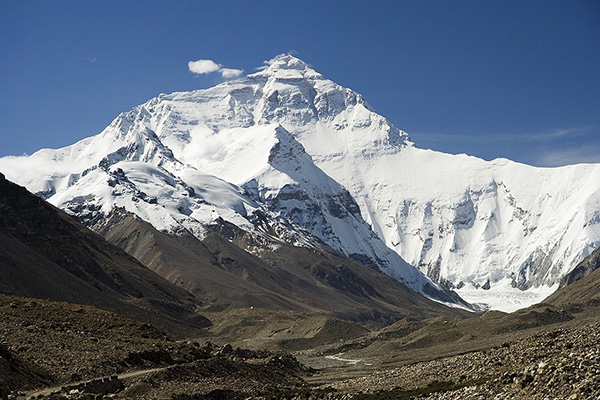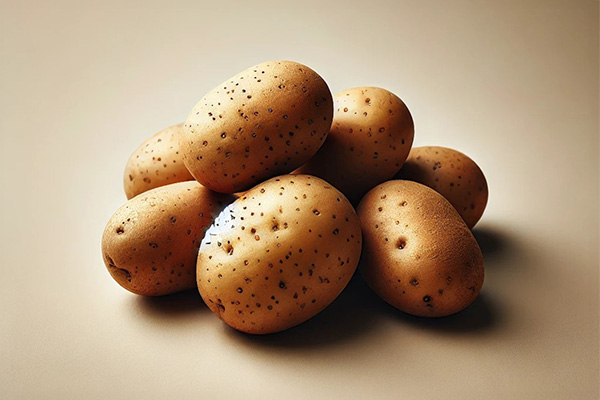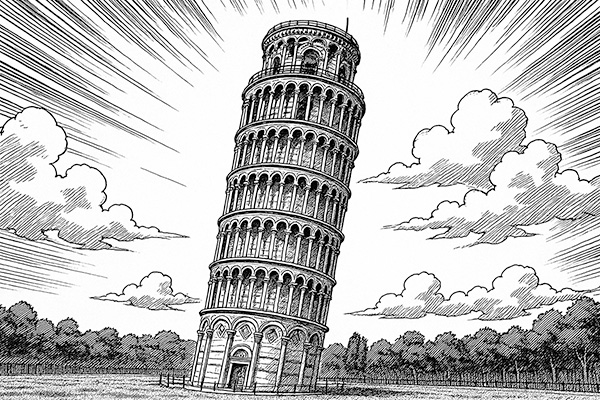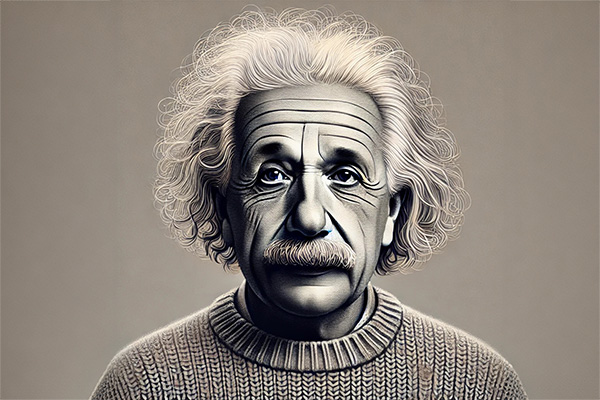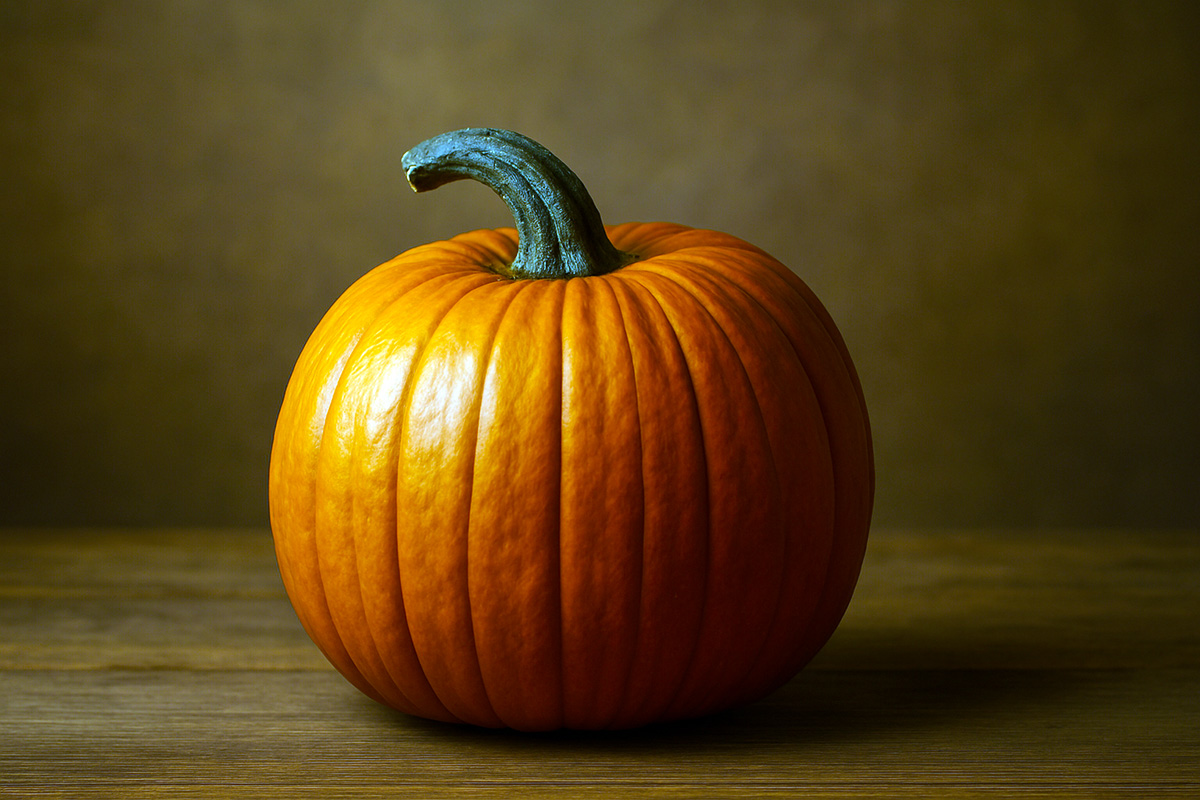
The heaviest pumpkin ever recorded was grown in 2023 by Travis Gienger of Minnesota. His gigantic pumpkin weighed 2,749 pounds (1,246 kilograms) and set a new world record at the Half Moon Bay World Championship Pumpkin Weigh-Off in California. The previous record-holder was Stefano Cutrupi of Italy, whose pumpkin weighed 2,702.9 pounds (1,226 kg) in 2021. Before that, the record was held by Mathias Willemijns of Belgium with a 2,624.6-pound (1,190.5 kg) pumpkin grown in 2016.
Large pumpkins aren't actually that tasty. If you want a pumpkin full of flavour, go for a smaller one! So, although people like Mr Gienger and Mr Cutrupi enjoy growing large pumpkins, they probably don't get as much pleasure out of eating them.
Pumpkins can be grown in every continent in the world apart from Antarctica. Evidence of pumpkin seeds about 7,000 to 9,000 years old have been found in Mexico, but it is believed that pumpkins originated from North America, which is by far the biggest pumpkin-growing country in the world. Morton, Illinois is the largest producer of these North American pumpkins.
Each year, Laconia, New Hampshire hosts the New Hampshire Pumpkin Festival, where locals gather to carve and light thousands of pumpkins - previously an event held in Keene, which once broke the world record for the most lit pumpkins. After the festival, many of the pumpkins are donated to local pig farms. Presumably for the pigs, not the farmers.
Years ago, people believed that pumpkins could cure freckles and snakebites. Quite why you'd want to cure freckles is anybody's guess. But, should you want to, you can cure them by mixing ten pounds of pumpkin with two spoonfuls of honey and a small amount of salt. Rub it on your face, and your freckles are gone! Well, they're probably still there - it's just that your face is covered with orange pumpkin mush that you can't see them. A similar method cures snakebites. Or, you could just prevent snakebites by throwing the pumpkin at the snake before it has chance to bite you?
Pumpkins are low in salt and contain no cholesterol. Well, not unless you're using them as a freckle cure then you have to add salt.
The act of carving out pumpkins and using them as lanterns, or Jack-o-lanterns, dates back to old Gaelic times. Many centuries ago, on October 31st, Samhain was a festival held in Celtic regions of what is now Ireland and the United Kingdom (e.g. parts of Wales, Scotland, Cornwall, the Isle of Man). It is a precursor to what we now know as Halloween. It was celebrated as a way to mark the end of the summer harvest season and the start of winter. The Irish used to carve out turnips into frightening faces. They would light a candle or put a smouldering coal into their "turnip head" and place them outside their houses to scare away evil spirits, or to welcome their lost loved ones to their house for the Samhain festival. The tradition continued when Irish immigrants settled in North America, using the common pumpkin as an alternative to turnips.
Why are pumpkins called pumpkins? In 1584, French explorer Jacques Cartier reported seeing "gros melons" (big melons) in St. Lawrence, North America. These big melons were named "pompions", a French translation of the Greek word "pepons" (which means big melons) and then translated into English as "pumpkins."
Pumpkins are an extremely versatile fruit and can be used for a variety of different meals. They can be used to make soup, pies and bread. Pumpkins were once used as an ingredient of pie crust, rather than a filling. The flower of a pumpkin is edible, as are pumpkin seeds which can be eaten as a snack when roasted. Because of the nutrients contained in pumpkins (as well as being low in salt an cholesterol, they also contain potassium and Vitamin A and are 90% water) they are processed and used as animal food.
In popular fiction, pumpkins are often connected to the supernatural. Witches apparently turn people into pumpkins. In Cinderella, a giant pumpkin is turned into a coach by the Fairy Godmother, and later turns back into a pumpkin after midnight, and in the Harry Potter novels, Harry and his friends seem to have a penchant for pumpkin juice.
